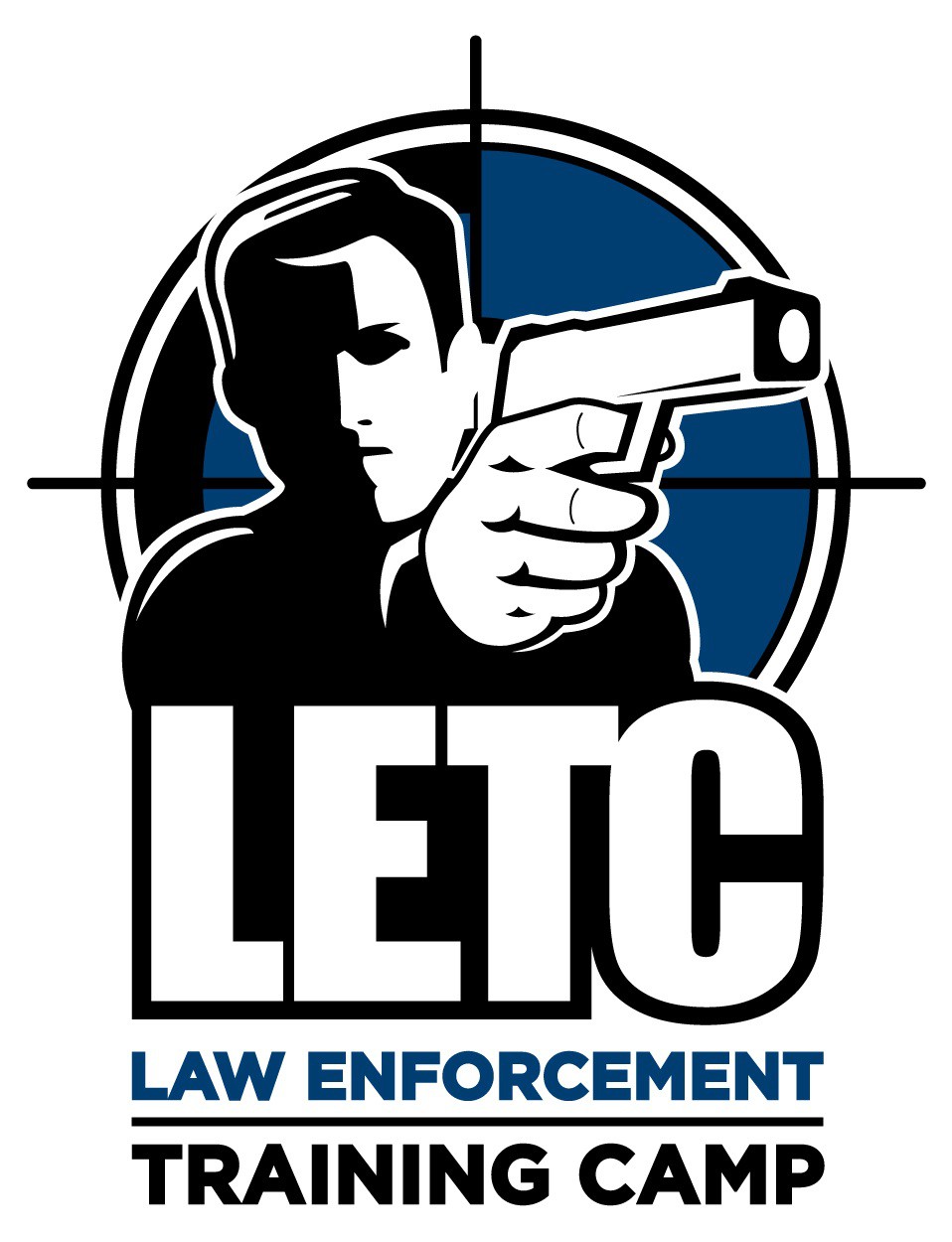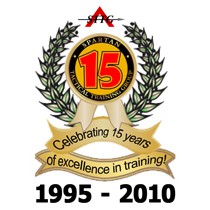 By John Krupa III of Spartan Tactical Training Group and Action Target Academy
By John Krupa III of Spartan Tactical Training Group and Action Target Academy
Editor’s Note: The views in this article are the author’s own and don’t necessarily represent those of Action Target, Inc.
As a professional trainer, my research and experience have brought me to the conclusion that shooters use sights three different ways when responding to deadly force situations. I call them Sight Gears, as the shooter switches or changes “gears” in how they use their sights based on reaction to existing threats.
- Sight Gear #1 = Perfect Sight Alignment – Is typically used under controlled conditions where the shooter is not subject to stress related factors that are conducive with the physiological response of the body under stress. The heart rate is under 140 BPM and the shooter minimizes movement, seeking the “perfect” shot. This gear is most commonly used during shots involving distance (usually 25 yards and beyond) or surgical shot placement where the shooter needs to make a partial body shot or head shot on a threat up close.
- Sight Gear #2 = The Flash Sight Picture – This gear rules the world of gun fighting, especially with handguns! It is considered a complex motor skill where the shooter still has the ability to see/use their sights and is not affected by vasoconstriction. The heart rate is around 140 to 160 BPM and combat breathing is required to control the heart rate and flood the body with oxygenated blood to keep vasoconstriction at a minimum. The sight picture is no longer perfectly still during execution of the shot (usually due to dynamic action) and the front sight “wobbles” in the rear sight box, independently from the overall movement of the sight picture. Combat hits come quicker using this method; however, shot placement is managed by selecting an area to hit on the threat vs. a precise point of impact. We call this application Tactical Speed Shooting. This sight gear is most commonly used with handguns from 15 yards to as close as two yards.
- Sight Gear #3 = Front Sight Proximity Shooting – This gear is used when the shooters heart rate is roaring at about 165 to 180 BPM. The shooter is limited to gross motor skills and vasoconstriction has temporarily impaired the ability to focus on the front sight. Binocular vision and focus will remain on the threat until combat breathing reduces the heart rate and oxygenated blood is restored back to the eyes. We call this Front Sight Proximity Shooting, as the top of the handgun and front sight area are visible to the shooter in the peripheral, but completely out of focus (when the pistol is at full extension and indexed on target). Using this technique, the shooter is conditioned to be aware of the handguns proximity in relation to the threat and is able to get multi-shot, devastating hits on the threat quickly by indexing the pistol to where the shooter is looking. When we run the 6-shot drills in our pistol courses using this sight gear, we are seeing shooters get six hits on target, in about a 4” to 6” group on the threats center mass in an average of 1.00 to 1.25 seconds! Conditioned shooters are applying six rounds in sub .90 seconds! This gear is most commonly used by shooters during spontaneous deadly-force confrontations at three yards and in.
While this is a general summary of what we teach in our training courses, the goal of this article is to encourage instructors to prepare students to learn how to use their sights other than just perfect sight alignment!
For more information about our training courses, visit our website www.TeamSpartan.com
As always, stay safe and Fight to Win!
John Krupa III
Master Firearms Instructor
President / Director of Training
Spartan Tactical Training Group, LLC
About John Krupa III
John is an active duty police officer with the Orland Hills Police Dept. (IL.) and has more than 21 years of experience in LE. He has previously served as a patrol officer, rapid response officer, FTO, and firearms instructor with Chicago PD. He is a graduate firearms instructor from the Secret Service Academy, FBI, DEA, and FLETC. John is founder and president of Spartan Tactical Training Group, Director of Training for the DS Arms LE Training Division and has previously presented at training conferences across the country with the AFTE, ASLET, GTOA, IALEFI, ILEETA, ISOA, LETC, MidTOA, NTOA, and TTPOA.







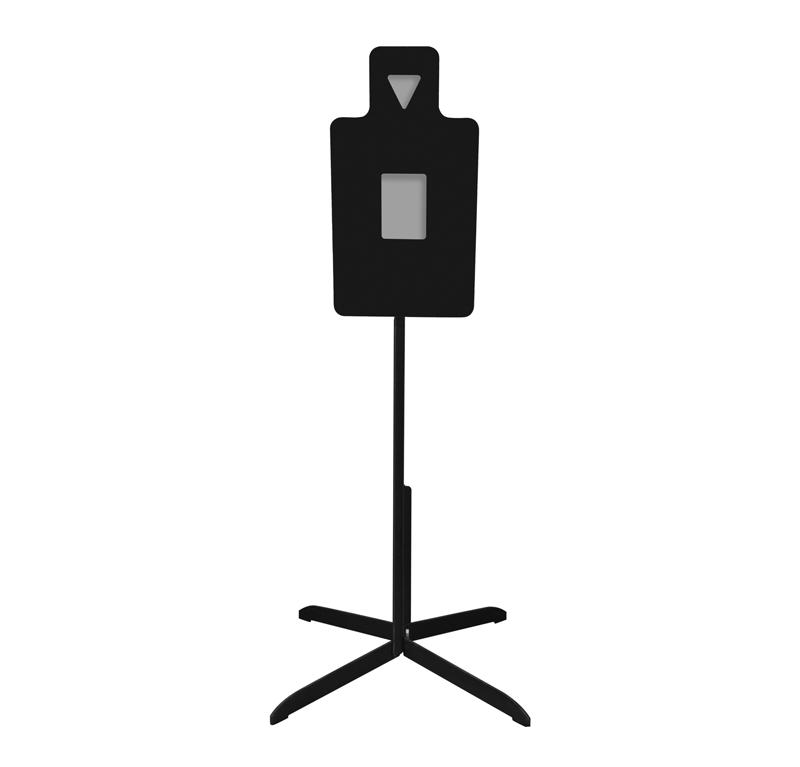 Action Target is pleased to announce its newest target – the AT Tactical Torso. The AT Tactical Torso is the upgraded version of the popular
Action Target is pleased to announce its newest target – the AT Tactical Torso. The AT Tactical Torso is the upgraded version of the popular 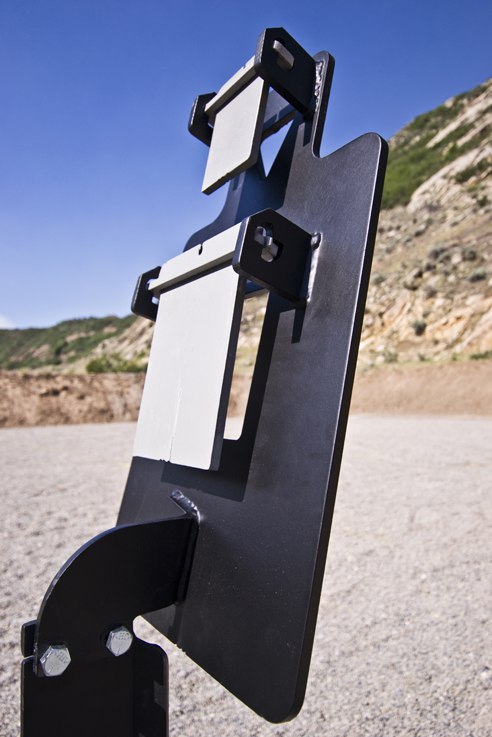
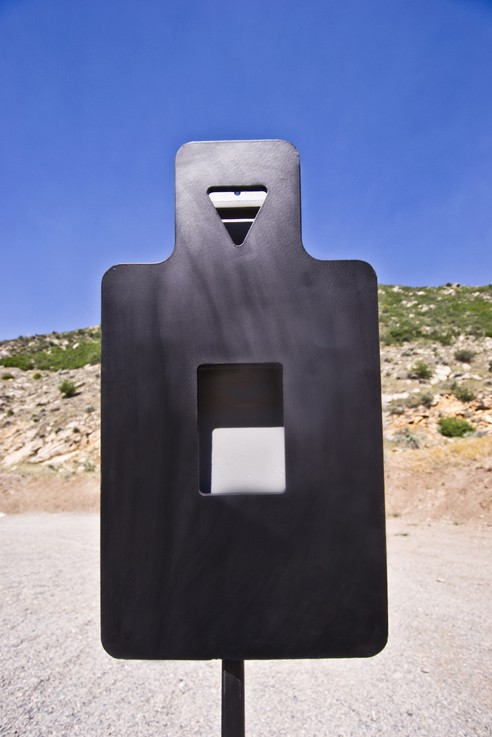
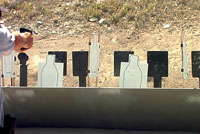
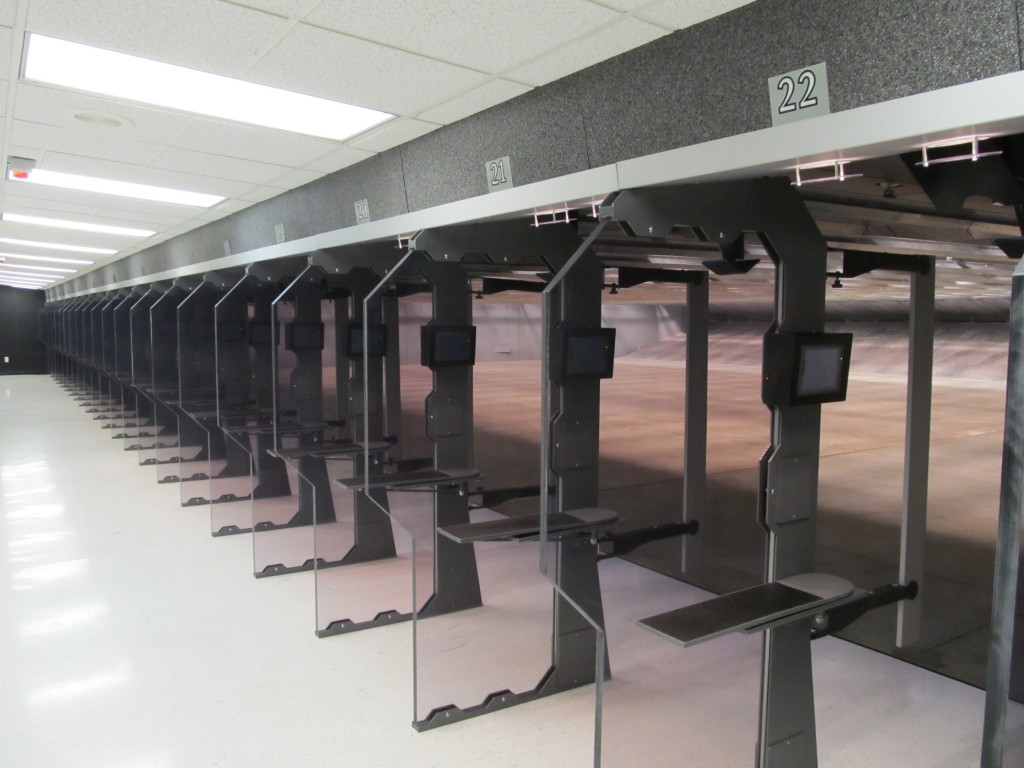 Because
Because 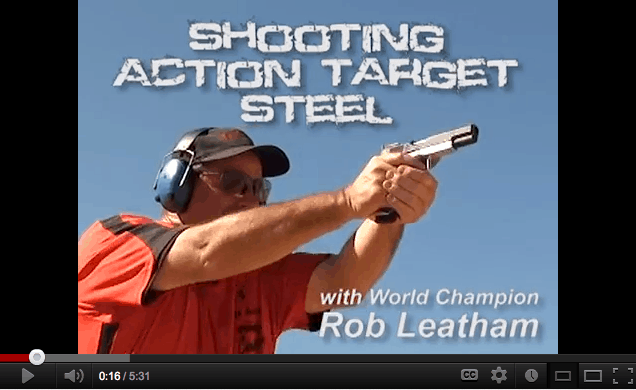
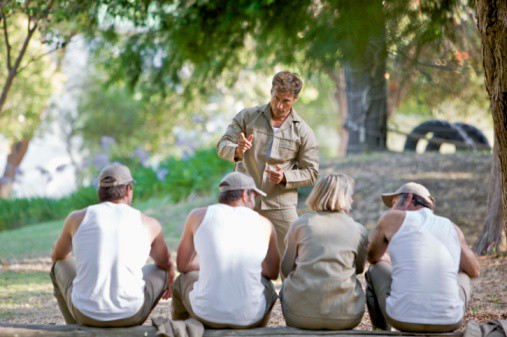
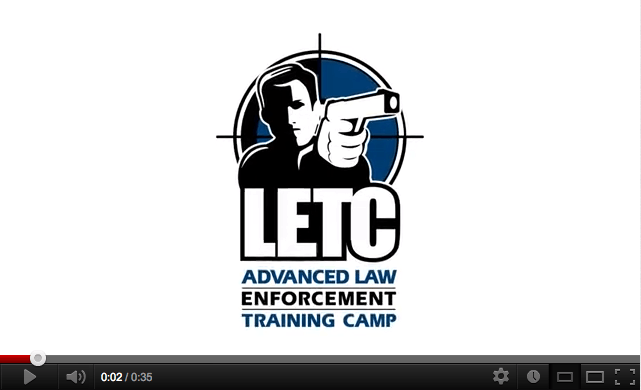
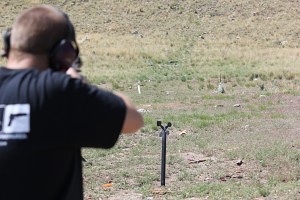 You asked for it, so we’re giving it to you: our first reactive steel target under $50.
You asked for it, so we’re giving it to you: our first reactive steel target under $50.  The Spinning Jack is a safe way to enjoy shooting with the family without having to go down range to reset or replace your target. With alternating circle and square plates, the jack spins in its stand when shot so there is always an exposed paddle to engage. Made of 1/4″ AR500 armor steel, the Spinning Jack can be shot with anything from .22 rimfire to .44 magnum.
The Spinning Jack is a safe way to enjoy shooting with the family without having to go down range to reset or replace your target. With alternating circle and square plates, the jack spins in its stand when shot so there is always an exposed paddle to engage. Made of 1/4″ AR500 armor steel, the Spinning Jack can be shot with anything from .22 rimfire to .44 magnum.

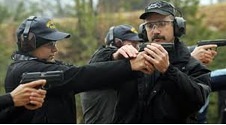 The main thing to remember when considering whether or not to form an engagement with
The main thing to remember when considering whether or not to form an engagement with 